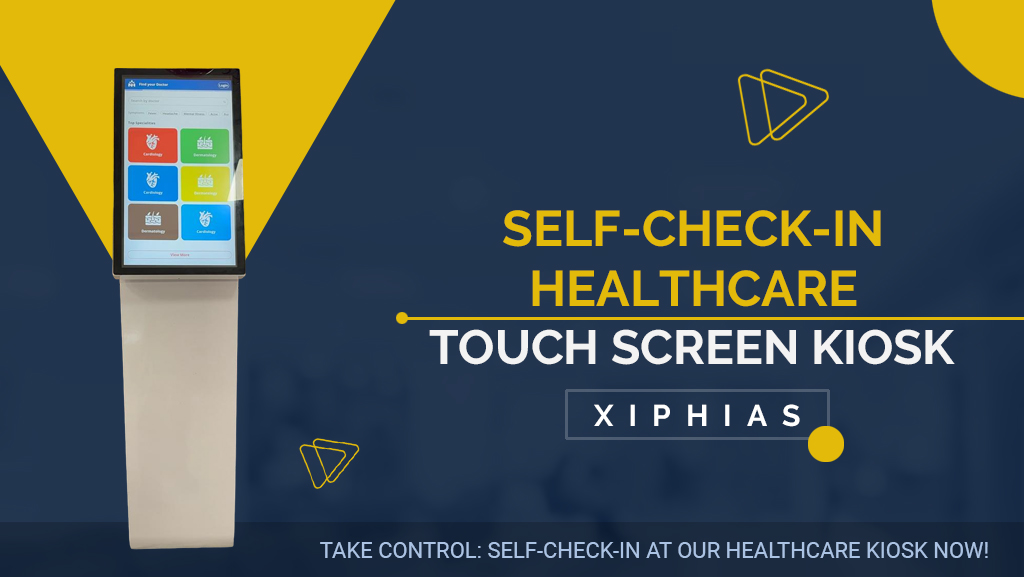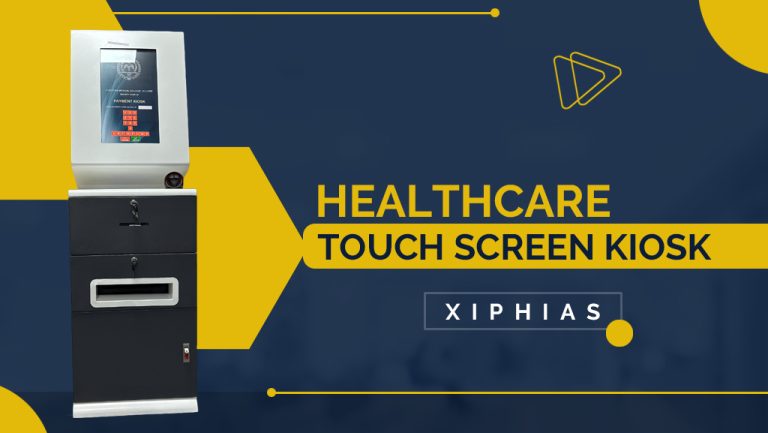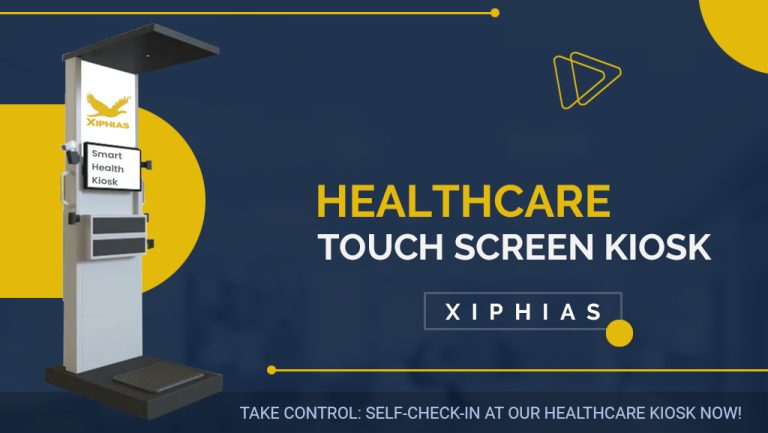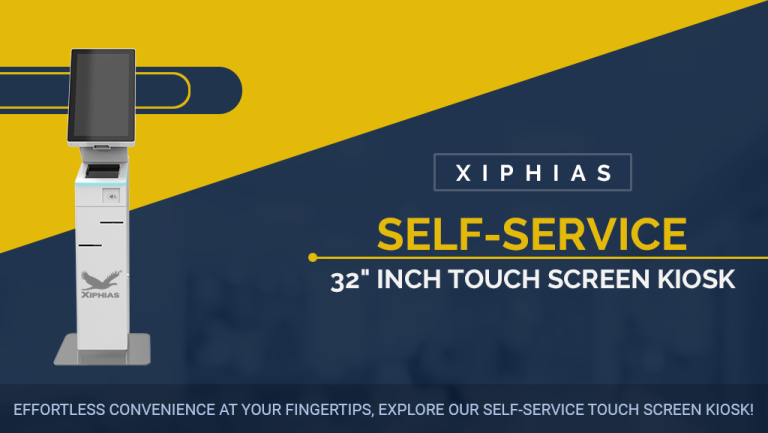Enhancing Patient Satisfaction with Self-Check-In Healthcare Kiosks
In the dynamic landscape of healthcare, patient satisfaction has become a key metric for evaluating the quality of care provided by healthcare facilities. With advancements in technology, self-check-in healthcare kiosks have emerged as a transformative tool to elevate the patient experience.
Streamlined Check-In Process:
Traditional check-in processes often involve long queues, paperwork, and waiting times, leading to patient frustration. Self-check-in healthcare kiosks streamline this process by providing a quick and efficient means for patients to register their information upon arrival. Patients can easily input their details, verify information, and complete the check-in process in a matter of minutes. This not only reduces wait times but also contributes to a more seamless and stress-free experience, setting the tone for a positive interaction with healthcare services.
Time Efficiency for Patients:
Patients value their time, and self-check-in kiosks address this concern by offering a time-efficient alternative to traditional check-in methods. With the ability to complete the check-in process independently, patients can navigate through the kiosk interface at their own pace. This not only reduces the time spent waiting in lines but also allows patients to arrive closer to their appointment times, contributing to a more punctual and patient-friendly healthcare experience.
User-Friendly Interface:
Self-check-in healthcare kiosks are designed with a user-friendly interface, making them accessible to patients of all ages and technological backgrounds. The touch-screen design guides patients through the process, ensuring a smooth and straightforward experience. The simplicity of the interface fosters patient confidence in using the technology, creating a positive perception of their interaction with healthcare services and contributing to overall satisfaction.
Reduced Administrative Burden:
For healthcare providers, administrative tasks such as check-in processes can be time-consuming. Self-check-in kiosks alleviate this burden by automating routine tasks, allowing administrative staff to focus on more complex responsibilities and personalized patient care. This shift not only improves staff efficiency but also ensures that patients receive more dedicated attention when needed, leading to enhanced satisfaction with the overall healthcare service.
Improved Accuracy of Patient Information:
Errors in patient records can lead to misunderstandings, delays, and dissatisfaction. Self-check-in kiosks contribute to enhanced patient satisfaction by improving the accuracy of information within the healthcare system. Patients can directly input their details into the system, reducing the likelihood of transcription errors and ensuring that healthcare providers have access to accurate and up-to-date information. This, in turn, contributes to a more personalized and effective delivery of healthcare services.
Empowerment and Engagement:
Self-check-in kiosks empower patients by providing them with control over the check-in process. Patients can independently verify and update their information, review appointments, and complete necessary forms. This sense of autonomy contributes to an engaged and empowered patient experience, where individuals actively participate in their healthcare journey. Empowered patients are more likely to have a positive perception of their overall healthcare experience, leading to increased satisfaction.
Enhanced Communication Opportunities:
Effective communication is crucial for patient satisfaction. Self-check-in kiosks create additional communication opportunities by allowing patients to provide feedback, update contact information, and communicate non-urgent concerns. This valuable information enables healthcare providers to adapt their services to meet patient needs continually. The responsive and patient-centric approach to communication further contributes to enhanced satisfaction and a sense of being heard and valued.





